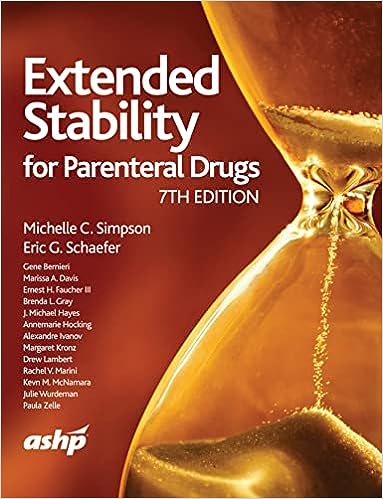Summary: WHO TRS No. 953 Annex 2 – Stability Testing of APIs and FPPs
The WHO Technical Report Series, No. 953: Annex 2, presents guidelines for the stability testing of active pharmaceutical ingredients (APIs) and finished pharmaceutical products (FPPs). These guidelines play a critical role in ensuring the quality, safety, and efficacy of pharmaceuticals by evaluating how they maintain their characteristics over time, under various environmental conditions.
Background and Objectives:
The primary objective of Annex 2 is to provide comprehensive guidance on conducting stability testing for APIs and FPPs. This involves assessing the impact of environmental factors such as temperature, humidity, and light
Key Aspects of the Annex:
Annex 2 covers various crucial aspects related to stability
testing:Stability Testing Conditions:
The report outlines conditions for conducting stability testing, including long-term, accelerated, and stress testing conditions. These conditions help predict product behavior under real-world circumstances, enabling manufacturers to anticipate potential degradation pathways and determine appropriate storage conditions.
Study Duration and Design:
Guidance is provided on the minimum duration of stability studies under different testing conditions. The study design is intended to capture variations in the product’s attributes over time, ensuring that reliable data is generated for extrapolation and shelf-life determination.
Sampling and Testing:
The annex highlights the importance of representative sampling and testing methodologies that indicate product stability. Accurate and reliable analytical methods are essential for assessing the product’s attributes and detecting any changes that may occur during storage.
Data Evaluation and Interpretation:
Recommendations are provided for evaluating stability data, including statistical analysis and trend interpretation. This helps in establishing acceptance criteria, identifying degradation patterns, and making informed decisions about the product’s shelf-life.
Labeling Implications:
The report underscores the role of stability data in influencing product labeling. Appropriate storage instructions on product labels are essential to ensure consumers and healthcare professionals understand how to store and use the product, maintaining its quality and effectiveness.
Global Applicability:
Being part of the WHO Technical Report Series, Annex 2’s guidelines have global significance. They contribute to harmonizing stability testing practices across different regulatory agencies and regions, ensuring consistent quality assessment of pharmaceutical products on an international scale.
Benefits and Impact:
The guidelines presented in Annex 2 offer substantial benefits to both manufacturers and regulatory authorities. Adhering to these guidelines ensures that the stability of APIs and FPPs is rigorously evaluated, leading to accurate shelf-life predictions and reduced risks of product degradation. Furthermore, standardized stability testing practices facilitate regulatory compliance and support the availability of safe and effective medicines to patients worldwide.
Conclusion:
The WHO TRS No. 953 Annex 2 stands as a vital resource for the pharmaceutical industry and regulatory bodies, providing essential guidelines for the stability testing of APIs and FPPs. By following these recommendations, manufacturers can produce pharmaceutical products that maintain their quality, safety, and efficacy over time, benefiting patients globally and contributing to the overall improvement of healthcare systems.

